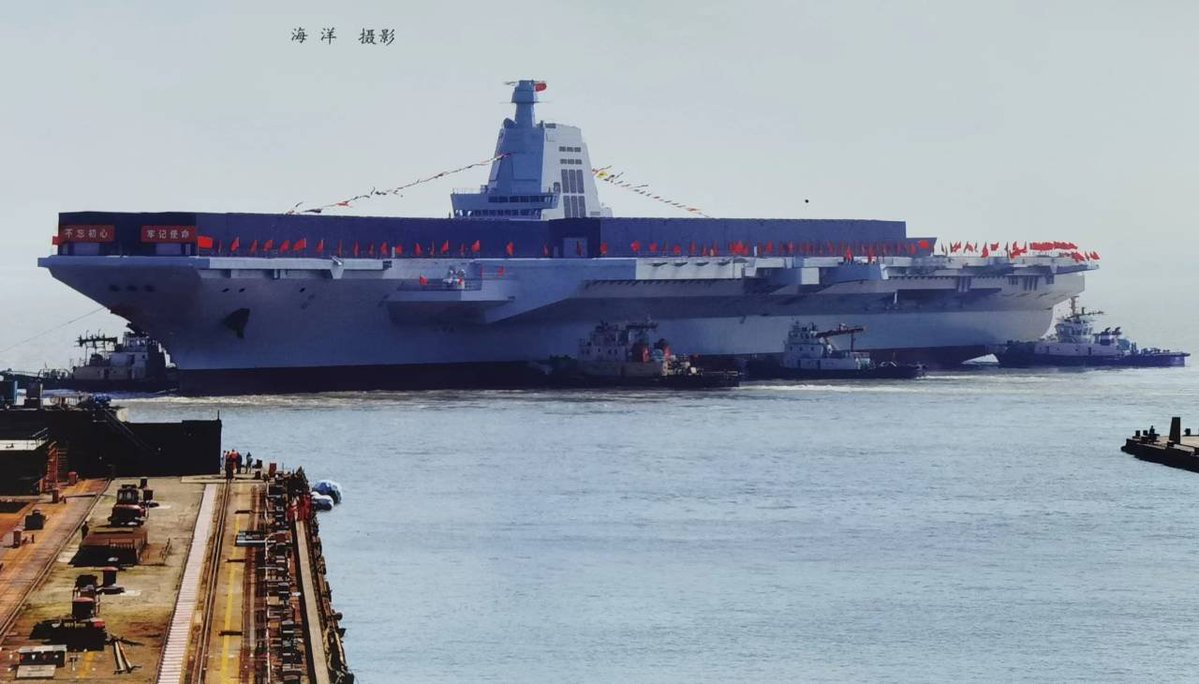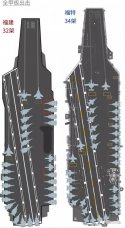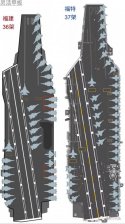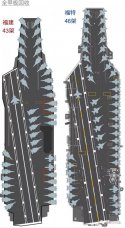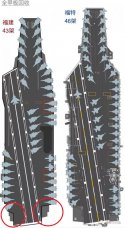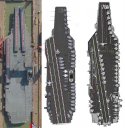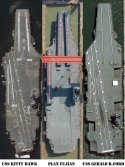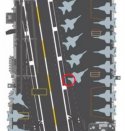What would be the pros and cons of having a narrower stern - anyone have a view?
If you're referring the flight deck's shape on the Fujian vis-a-vis the Ford at the stern, my understanding is that it is a matter of engineering, cost, and the specific requirements of their respective navies, particularly the way they each handle and spot their aircraft.
Note that this does not apply to every navy that builds and operates CVs, but as far as the USN goes, the aft section of the flight deck has traditionally been built pretty much flush to the hull -
Kitty Hawk
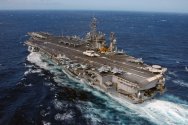
The Ford is no different. The only difference is the addition of those large aft 'sponsons' that make the boat's stern appear wider than it actually is, when in fact the main hull and the aft section of the Ford's flight deck above is about same width as the Nimitz-class -
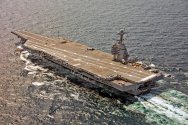
So to make the deck wider as we proceed from the stern, it necessitates welding these blocks of hull modules onto the side of the main hull as structural support for the flight deck, and of course more internal space below deck for facilities and whatnot -
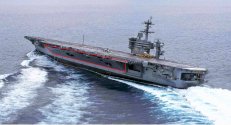
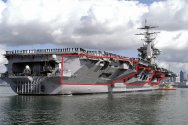
As for the Fujian, despite her rear looking wider and well-rounded (no pun intended), it's a bit of a toss-up in terms of which actually has more deck space -
Note: Measurements are not exact
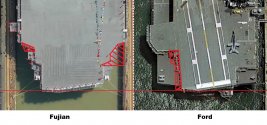
So other than the amount of structural support it would entail by having a larger deck, thus more steel and higher costs, it also comes down to the manner in which the PLAN and the USN intend to utilise the available deck space on their respective carriers.
While it may seem peculiar that the Ford has these large sponsons at the rear with so much real estate up top, yet they've elected not to widen the aft flight deck to take advantage of that space, and I'm certainly one of those who thinks it strange indeed, one reason I reckon would make sense of this is the level of structural integrity it would require to support the widening of the deck.
It means these sponsons would have to be strengthened to the same level as the rest of the modules along the main hull to support the additional weight, which means higher costs, and in the end it may not necessarily be conducive to better aircraft handling and spotting.
Extending the aft section of the deck, most noticeably the portside with that big swath of empty space behind that Mk.25, so as to fully encompass any protruding supporting structure below probably won't result in additional
useful deck space for aircraft spotting any more than what they currently have as configured.
So by having a bigger rear deck you're basically trading one empty space for another, for no practical and discernible benefits but at the cost of the abovementioned.
Needless to say, it'd be interesting to see how the PLAN would use the larger deck space compared to what they've been doing on 16 and 17, and how their methodology would evolve and differ from their current established doctrines, as well as that of the USN.

